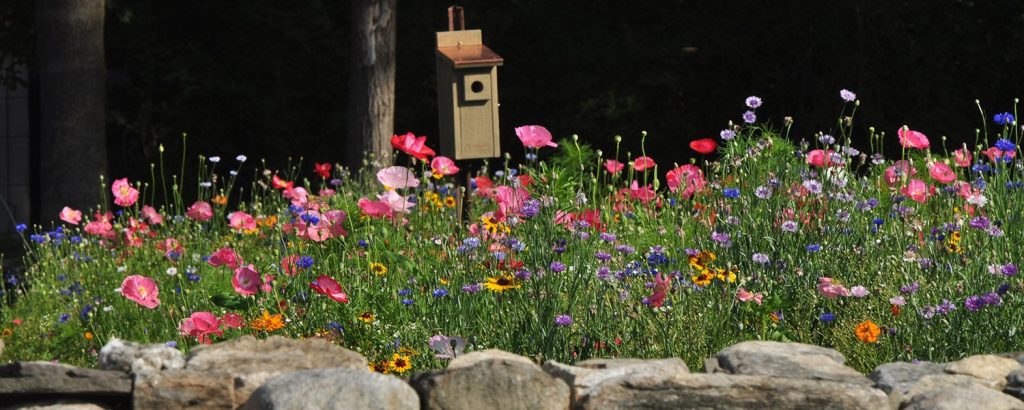
Angela Lassam
Perennials are the backbone of any garden and show continuous color throughout the year. They are so versatile giving structure and texture to create a pleasing picture at any time. You buy them only once for years of pleasure and they need little care and attention.
A perennial is a flower that returns in the garden every year when the soil warms up putting up small buds or tips to remind us where they are.
Most perennials are good to stay in the garden. They go dormant and wait for Spring but there are some that have been introduced from warmer climates and these need to be dug up every Fall and stored to be replanted in the following year. Learning of the types of perennials will help.
Whether you are starting a new bed of flowers or adding to your landscape you will need to read the tags on your choice. The height, width, how much sun and drought tolerance are important. The time of blooming will allow you to have flowers blooming continually to give a glorious show all Summer. Your garden needs to be layered and will be beautiful if the selection of perennial flowers are carefully chosen. A little sketching of a new bed before you buy will give greater satisfaction. Remember they will grow much larger as years go by.
It is less expensive to buy bare root perennials from catalogues, stores or nurseries but their appearance can be disturbing unless you are aware of their characteristics. New gardeners may be surprised at their appearance so let me explain the differences.
Most plants are bare root which is a main centre with hairy roots. These can be planted directly in your garden after risk of frost and watered well to settle the roots. A name marker and a support is a good idea. They will soon produce leaves as the weather gets warmer. Remember the tallest towards the back of a bed. Names of a few are coneflower, poppy, shasta daisy and taller phlox. All of these can be divided in later years to replant elsewhere in your garden or share with fellow gardeners.
Other roots with eyes are called rhizomes, once planted can be left in the soil from there on. The eyes are small tips. The more eyes on the root you purchase the more flowers you can get. Astilbe, Hosta and Peony are in this group and do not require planting too deep, just cover the eyes with soft soil. Peonies will need a cage or other support as flower heads get heavy.
There are other rhizomes that have an underground stem, planted almost on top of the soil. The stem will send out roots, more stem with leaves, and flowers along its length. All irises are like this and will grow into a large clump in a few years. If your iris ’are not producing flowers it may be from the root borer so dig them up and cut away holey parts and replant. The following year – more flowers!
Tubers are bulbous roots with small growing tips which will be the flower. Some of these will need to be lifted in the Fall and stored in peat moss, then replanted the following Spring. They do not like to freeze. Their appearance in packages are tubular with thick skins. For the first year these can be potted and started indoors to give you early flowers. They need to be dug up in the Fall and stored in a dry place preferably in peat moss. Replant the following year for more joy. Dahlias are the best ones which come in all sizes and maturity dates for a continual summer color. Be sure to check the package details.
Of course bulbs should be considered perennial flowers as they will come back year after year. Spring bulbs once planted in the Fall return every year and will naturally multiply and are the first splash of color in the garden- daffodils, tulips and crocus to name a few. Summer bulbs are the Allium and lilies which are very showy planted in groups.
The choices are endless and all gardeners have some of them in their garden because they are the basis of all landscaping both formal and heavily planted beds. They are rewarding every year and need only deadheading and watering with a fertiliser mix to give a wonderful show.
The Tillsonburg Horticultural Society has returned to its monthly meetings in the Senior Centre Auditorium, Tillsonburg Complex.
Come join us at our monthly meeting and meet like minded gardeners. See you there, become a member for $20 per year or $4 meeting (refunded on membership). Check out our website www.tillsonburghorticultural.ca and Facebook Tillsonburghorticultural for all about gardening.